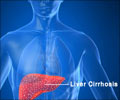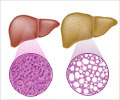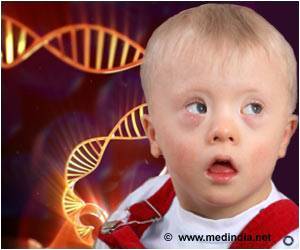Obese children with particular gene variants are more prone to fatty liver disease, say Yale School of Medicine researchers.

Led by Nicola Santoro, M.D., associate research scientist in the Department of Pediatrics at Yale School of Medicine, the authors measured the hepatic, or liver, fat content of children using magnetic resonance imaging. The study included 181 Caucasian, 139 African-American and 135 Hispanic children who were, on average, age 13.
"We observed that a common genetic variant known as Patatin-like phospholipase domain containing protein-3 (PNPLA3) working with a regulatory protein called glucokinase (GCKR), was associated with increased triglycerides, very low-density lipoproteins levels, and fatty liver," said Santoro.
Santoro explained that his observations could help unravel the genetic mechanisms that contribute to liver fat metabolism. "This may drive the decisions about future drug targets to treat hypertriglyceridemia and non-alcoholic fatty liver disease," he said.
Childhood obesity is a global health concern. Experts say nonalcoholic fatty liver disease is now the leading cause of chronic liver disease in children and adolescents in industrialized countries.
"Our findings confirm that obese youths with genetic variants in the GCKR and PNPLA3 genes may be more susceptible to fatty liver disease," said Santoro, who is cautious about automatically extending this observation to the overall population.
Source-Eurekalert
 MEDINDIA
MEDINDIA




 Email
Email










